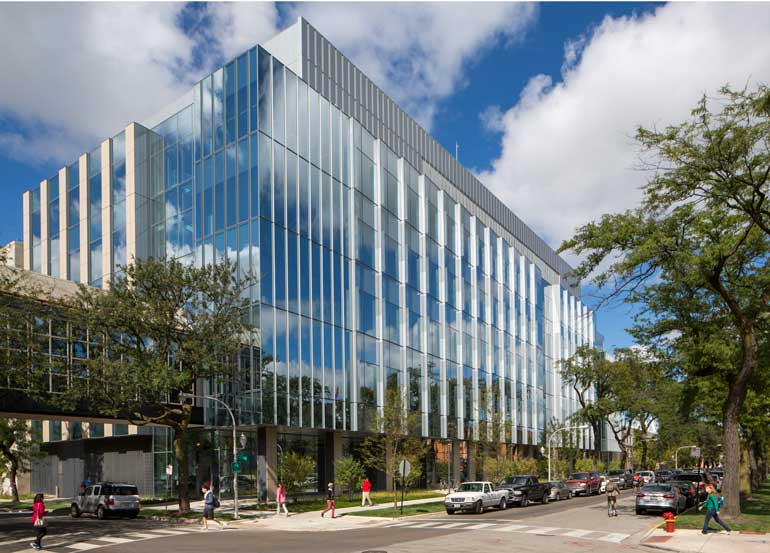In the wake of graduate student Amadou Cisse’s November murder, transportation administrators added two additional vans to the University’s SafeRide service in response to student safety concerns. The University made the transportation changes last quarter without specifying time or monetary constraints, said Brian Shaw, director of transportation. As a result, the University added two temporary rental vans to the program.
Since then, logistical complications have called into question the efficiency and permanence of the service updates and prompted the transportation department to reevaluate the service. Some students have complained that despite the additional vans, wait times have not significantly decreased. The new vans have also raised safety concerns because of the fact that except for a piece of paper placed inside the front windshield, no marking distinguishes the vans as being University-operated.
“Because we had to get up and running so quickly, we did what we could,” Shaw said. “The contractor was not willing to add new buses until the University committed to this for a definite time span.”
He said that the most commonly cited complaints revolve around the extended wait for SafeRide to arrive. Under the restructured system, bus drivers are required to pick up any student who flags them down, even if the student has not called in a request for the service. As a result, student riders have encountered longer wait times for available buses.
“SafeRide takes forever. You call, and they say 20 minutes. You call back 20 minutes later, and all they have to say is ‘We’re busy.’ An accurate time estimate would be nice,” first-year Vriti Jain said.
In response to the longer wait times, Shaw said he spent an evening at the beginning of the quarter observing the bus dispatchers. His observations corroborated student complaints that the unscheduled pickups slow down bus service, leading to inaccurate time estimates and a backlog of pickup requests.
Shaw said that the University is continuing its efforts to secure permanent buses for the program and plans on eliminating the rental vans in the near future. He said that the University’s transportation contractor is currently refurbishing several used buses for University use.
“A lot of the problems have to do with the fact that SafeRide does not have enough parameters to function successfully. It is not a well defined program. We find a lot of the time we are taking people from party to party,” he said.
In the meantime, Shaw said that the University is considering short-term fixes to the service delays and backlog. The University will hire a third dispatcher and plans to use a cellular phone for service dispatchers. Shaw explained that since most students call from non–Chicago area mobile numbers, SafeRide’s transition to mobile operations would allow dispatchers to return calls without having to dial 16 digits―the University access code plus the long-distance phone number.
The unmarked rental vans also pose a safety concern for late-night riders, Shaw said. The vans, which are not marked as University-affiliated vehicles, have prompted student riders to question the safety of accepting rides from drivers of unmarked vehicles. Shaw said that within a few weeks the University will order magnetic signs for the new vans.
However, Shaw said that until the University finalizes changes to SafeRide, there are several precautions students should take to ensure their own late-night safety. He said that the SafeRide van drivers always wear a First Transit company shirt with a reflective yellow vest and carry a First Transit bus operator identification card. He added that students should always request to see the driver’s ID if there is any doubt about the legitimacy of the van service.
According to Shaw, in addition to revamping the SafeRide program, the University is currently evaluating long-term changes to its transportation and safety services. The transportation office is considering rerouting shuttles and adding a walking escort service to its current transportation options, he said.
The University’s Safety and Security Committee, co-chaired by Vice President and Dean of Students Kim Goff-Crews and Dean of the Divinity School Richard Rosengarten, is working with the security consulting firm Bratton and Group to develop a report of recommendations for improving campus security. The Committee will consider options for increasing transportation safety on campus.
Shaw said that for now the SafeRide service will continue to operate in its current capacity until the end of the school year.
“We’re working on the paperwork to finalize what we’ve done to date. The funding for the rest of the year will be a budget variance. In terms of what happens next year, the University will tell me what I can do based on what funding they approve, so I really don’t know,” he said.









